Stainless steel appliances are popular for their sleek and modern look, but they can quickly lose their luster when they start to rust. Rust on stainless steel appliances can be caused by a variety of factors, including exposure to moisture, scratches, and improper cleaning. Not only is rust unsightly, but it can also compromise the integrity of the appliance and make it more prone to further damage.
If you’re dealing with rust on your stainless steel appliances, don’t worry! In this post, we’ll cover the best methods for removing rust and restoring your appliances to their original shine. We’ll explore both natural and chemical solutions, as well as preventative measures to help keep rust at bay. From homemade remedies to specialized rust removers, we’ll provide you with a comprehensive guide to tackling rust on your stainless steel appliances. So if you’re ready to say goodbye to unsightly rust stains, read on!
Stainless Steel Appliances Rust Removal Overview
First, let’s talk about some natural remedies. Baking soda and white vinegar are two powerhouse ingredients that can work wonders on rust. Simply mix baking soda and water to create a paste, apply it to the rust stain, and let it sit for a few hours. Then, use a soft-bristled brush to scrub away the paste and rinse with water. If the rust is particularly stubborn, you can try using white vinegar instead. Soak a cloth in vinegar and place it on the rust stain for a few hours, then scrub and rinse.
If you’re looking for a commercial rust remover, there are several options on the market that are specifically designed for stainless steel appliances. One product that I’ve had great success with is the Bar Keepers Friend Soft Cleanser. This product is gentle enough to use on stainless steel, but powerful enough to remove even the toughest rust stains. Simply apply the cleanser to the stain, let it sit for a few minutes, and then wipe away with a damp cloth.
To prevent future rust stains, make sure to properly care for your stainless steel appliances. Avoid using abrasive cleaners or scrubbers, and always dry the appliance thoroughly after cleaning. You can also apply a stainless steel protectant to help prevent rust from forming.
Overall, there are plenty of options for removing rust from stainless steel appliances. Whether you prefer natural remedies or commercial products, with a little bit of effort and the right tools, you can restore your appliances to their original shine. So go ahead and tackle that rust with confidence!
Stainless Steel Appliances Rust Removal Comparison Table
Stainless steel appliances are a popular choice for their sleek and modern look, but they are prone to rusting. Rust on stainless steel appliances can be caused by a variety of factors, including exposure to moisture, scratches, and improper cleaning. Not only is rust unsightly, but it can also compromise the integrity of the appliance and make it more prone to further damage. In this guide, we will explore different methods for removing rust from stainless steel appliances, along with their pros and cons.
Method 1 – Baking Soda and White Vinegar
Baking soda and white vinegar are two natural remedies that can be effective for removing rust from stainless steel appliances. To use this method, create a paste by mixing baking soda and water, and apply it to the rust stain. Let the paste sit for a few hours, then scrub with a soft-bristled brush and rinse with water. If the rust is particularly stubborn, you can also try soaking a cloth in white vinegar and placing it on the stain for a few hours before scrubbing and rinsing.
Pros: This method is inexpensive and uses natural ingredients that are safe for both the environment and your appliances. It is also a gentle approach that is less likely to damage the stainless steel.
Cons: This method can be time-consuming, and it may not be effective for very stubborn rust stains. It may also require multiple applications to fully remove the rust.
Method 2: Commercial Rust Removers
There are several commercial rust removers available that are specifically designed for use on stainless steel appliances. One example is the Bar Keepers Friend Soft Cleanser, which is a non-abrasive cleaner that is gentle enough for use on stainless steel.
Pros: Commercial rust removers are often highly effective and require minimal effort on the part of the user. They can be a good option for those with severe or persistent rust stains.
Cons: Commercial rust removers can be more expensive than natural remedies, and they may contain harsh chemicals that can damage the appliance if used incorrectly.
Method 3: Steel Wool or Abrasive Pads Steel
Wool or abrasive pads can be used to scrub away rust stains on stainless steel appliances. This method is best used for very small stains or spots.
Pros: Steel wool or abrasive pads are a quick and easy solution that can be effective for small rust stains.
Cons: This method can be risky as steel wool or abrasive pads can scratch the surface of the stainless steel. This can lead to more rust in the future, and can also affect the appearance of the appliance.
Method 4: Sandpaper
In some cases, sandpaper can be used to remove rust from stainless steel appliances. This method is best used for very small spots or areas.
Pros: Sandpaper can be an effective solution for very small rust spots, and is a relatively inexpensive option.
Cons: Sandpaper is an abrasive material that can scratch the surface of the stainless steel. This can lead to more rust in the future, and can also affect the appearance of the appliance.
| Method | Pros | Cons |
|---|---|---|
| Baking Soda and White Vinegar | Inexpensive, natural ingredients, gentle approach | Time-consuming, less effective for stubborn rust stains |
| Commercial Rust Removers | Highly effective, minimal effort | More expensive, harsh chemicals |
| Steel Wool or Abrasive Pads | Quick and easy | Risk of scratching and further damage to appliance |
| Sandpaper | Inexpensive, effective for small spots | Risk of scratching and further damage to appliance |
In conclusion, there are several methods for removing rust from stainless steel appliances. The best method for you will depend on the severity of the rust stain, your budget, and your personal preferences. If you are unsure which method to use, it is always best to start with the gentlest approach
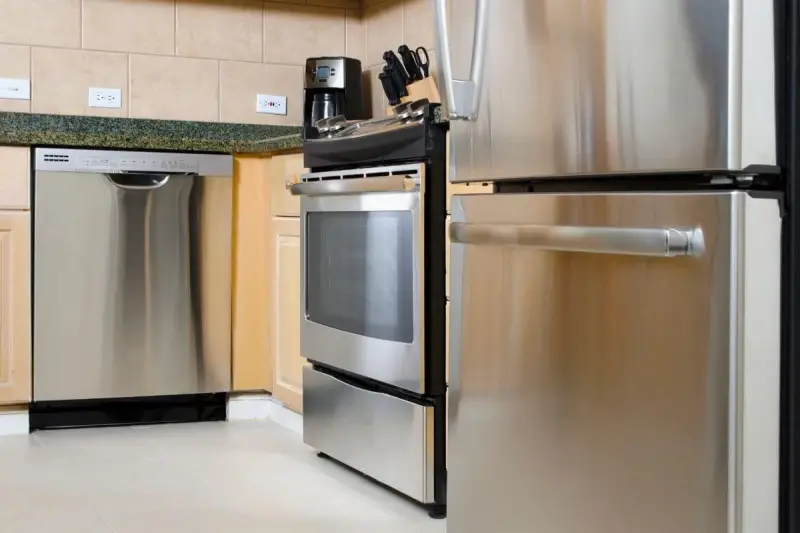
Equipment To Work With Stainless Steel Appliances Rust Removal
| Equipment | Purpose |
|---|---|
| Rubber gloves | To protect your hands from harsh chemicals and abrasive materials |
| Soft-bristled brush | To scrub the rust stain |
| White vinegar | A natural ingredient that can be used to remove rust |
| Baking soda | A natural ingredient that can be used to remove rust |
| Commercial rust remover | A chemical product that can be used to remove rust |
| Steel wool or abrasive pads | To scrub away rust stains on stainless steel appliances |
| Sandpaper | To remove small rust spots on stainless steel appliances |
| Soft cloth | To apply or remove cleaning products, and to dry the appliance after cleaning |
| Protective eyewear | To protect your eyes from any chemicals or debris that may come loose during the cleaning process |
Note that the specific equipment needed may vary depending on the method you choose to use for removing rust from your stainless steel appliances. Be sure to carefully read the instructions for any products or tools that you plan to use, and take all necessary safety precautions.
Step-by-Step Instruction On Stainless Steel Appliances Rust Removal
Materials needed:
- Rubber gloves
- Soft-bristled brush
- White vinegar or baking soda or commercial rust remover
- Steel wool or abrasive pads
- Sandpaper
- Soft cloth
- Protective eyewear
Instructions:
- Put on your rubber gloves and protective eyewear to protect your skin and eyes.
- Identify the area with rust stains on the stainless steel appliance.
- Wet the soft-bristled brush with white vinegar or baking soda, and gently scrub the rust stain in a circular motion. For more stubborn rust stains, use a commercial rust remover instead of vinegar or baking soda.
- Rinse the area thoroughly with water and dry with a soft cloth.
- If there are still rust stains remaining, use steel wool or abrasive pads to scrub the area gently. Be careful not to scrub too hard, as this can scratch the stainless steel surface.
- Rinse the area with water again and dry with a soft cloth.
- For small rust spots, use sandpaper to remove the rust, making sure to follow the grain of the stainless steel surface.
- Rinse the area with water again and dry with a soft cloth.
Note: Make sure not to use any cleaning products that contain chlorine, as this can damage the stainless steel surface. Also, do not use metal scrubbers or wire brushes, as they can scratch the surface.
With these simple steps, you should be able to effectively remove rust from your stainless steel appliances, leaving them looking like new again. If you’re unsure about any part of the process, feel free to consult the manufacturer’s instructions or seek professional help.
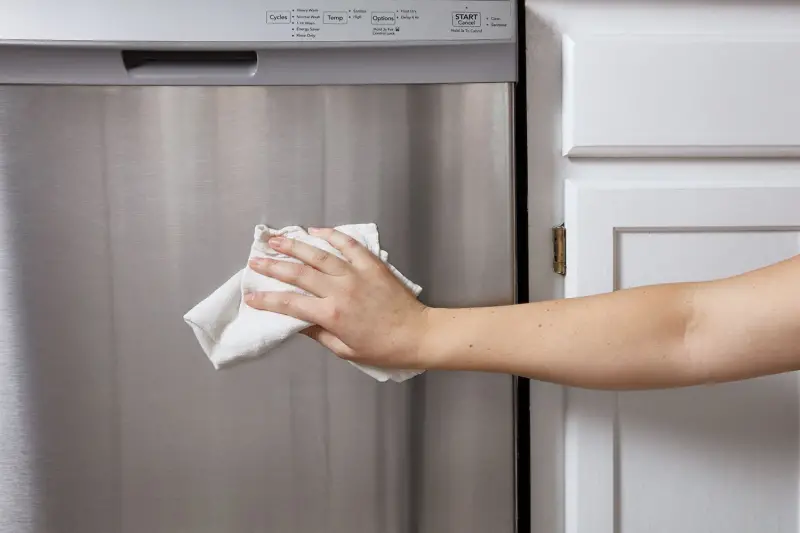
F.A.Q.
Can I use regular cleaning products to remove rust from my stainless steel appliances?
No, it is not recommended to use regular cleaning products to remove rust from stainless steel appliances. These products may contain harsh chemicals that can damage the surface of the appliance. Instead, you should use a rust remover specifically designed for stainless steel, or natural alternatives like white vinegar or baking soda.
How do I prevent rust from forming on my stainless steel appliances?
To prevent rust from forming on your stainless steel appliances, you should clean them regularly and avoid leaving water or other liquids on the surface. You can also apply a protective coating to the surface of the appliance, such as a stainless steel polish, to help prevent rust from forming.
Can I use sandpaper to remove rust from all parts of my stainless steel appliance?
No, you should only use sandpaper on small rust spots on the stainless steel surface. If you need to remove rust from a larger area, you should use a soft-bristled brush or a commercial rust remover.
Will removing rust damage the surface of my stainless steel appliance?
When done correctly, removing rust should not damage the surface of your stainless steel appliance. However, if you use harsh chemicals or abrasive materials, you may scratch or damage the surface. It is important to follow the instructions carefully and take the necessary precautions to avoid damaging the appliance.
Can I use a wire brush or steel wool to remove rust from my stainless steel appliances?
No, you should not use a wire brush or steel wool to remove rust from stainless steel appliances, as they can scratch or damage the surface. Instead, use a soft-bristled brush, sandpaper, or a commercial rust remover to remove the rust stains.
How often should I remove rust from my stainless steel appliances?
The frequency of rust removal will depend on the level of usage and the environment in which the appliance is used. It is best to clean rust stains as soon as they appear to prevent the rust from spreading and damaging the surface of the appliance.
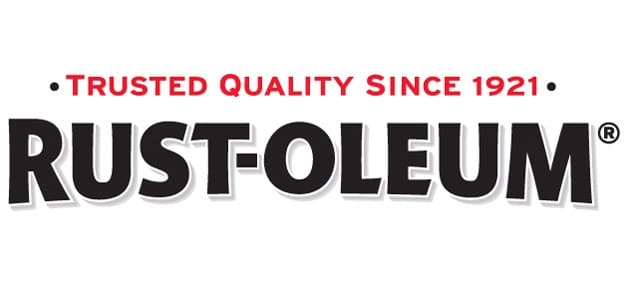
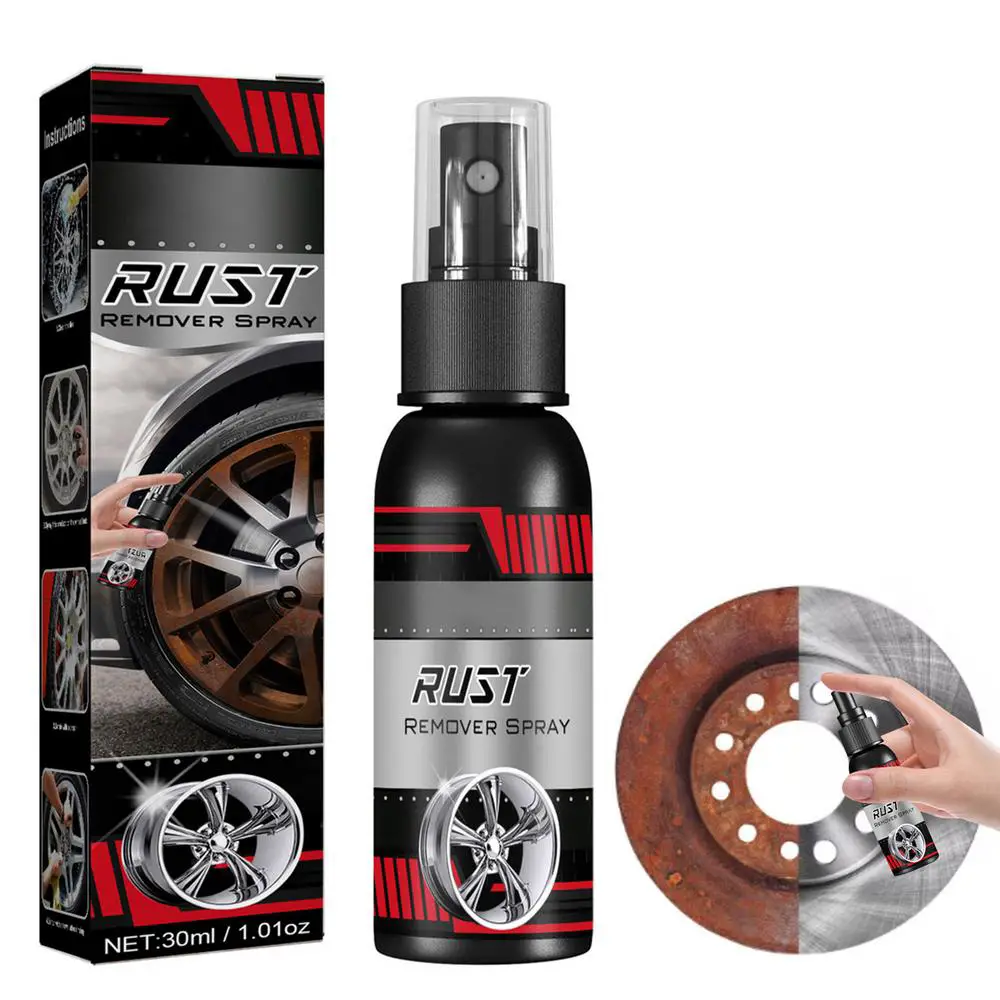
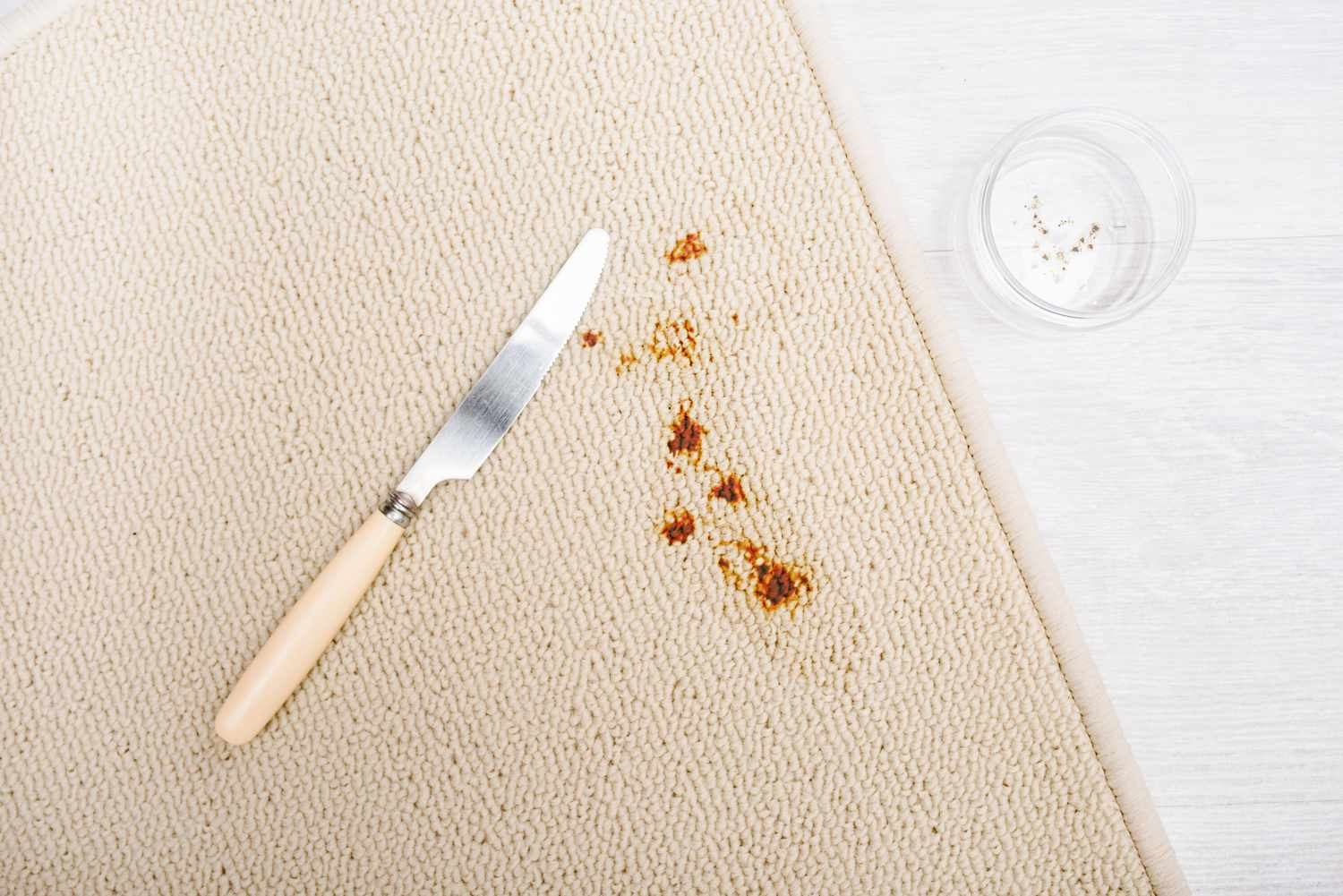
Leave a Reply